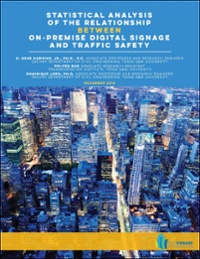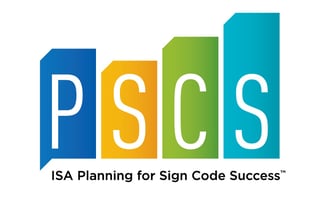Last month, the U.S. Supreme Court declined to hear a case from Scenic America regarding the Federal Highway Administration’s (FHWA) 2007 guidance memo regarding digital billboards.
The FHWA had issued guidance for states suggesting, among other things, that a “hold time” or display duration of 4 to 10 seconds for digital billboards was legal and reasonable.
Scenic America filed suit against the government and the case made it all the way up to the U.S. Supreme Court, which denied their petition for writ of certiorari.
It’s not uncommon for many jurisdictions to have hold times of 30 seconds or more, with some intervals measured in minutes or even hours. Yet, the federal government and most state Departments of Transportation (DOTs) allow hold times of 6 seconds for digital signs.
If mere seconds are safe enough for the federal government and states, why not localities?
And if the government isn’t a strong enough appeal to authority, then check out Texas A&M’s 2012 research on Digital Signs and Traffic Safety: A Statistical Analysis, which confirms that hold times in that range are safe and reasonable.
Download Texas A&M's Research on Digital Signs
 Digital Signs and Traffic Safety: A Statistical Analysis
Digital Signs and Traffic Safety: A Statistical Analysis
Texas A&M University's Transportation Engineering School conducted exhaustive research on the traffic safety impact of on-premise electronic message centers (EMCs). This research is the first of its kind and will provide local decision-makers with the fact-based evidence necessary to enact reasonable and beneficial sign codes.







